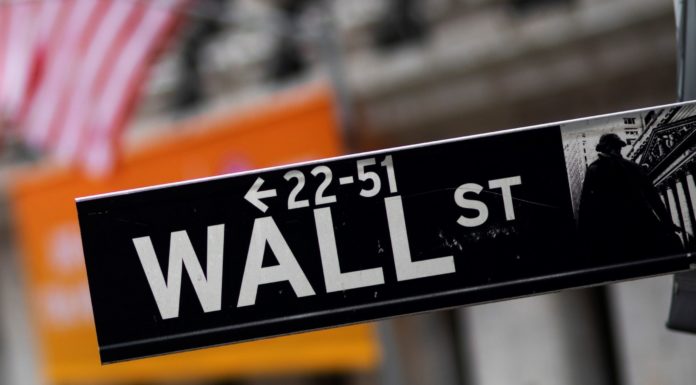(Ryan McMaken, Mises Institute) The Federal reserve says that inequality is a problem. At the same, the Fed also pretends to have nothing to do with it.
Last September, for instance, Jerome Powell bemoaned the “relative stagnation of income” for people with lower incomes in the United States, but then claimed the Fed “doesn’t have the tools” to address this issue.
Instead, Powell, being the chairman of this ostensibly “independent” and “nonpolitical” central bank, called for the federal government to engage in fiscal policy efforts at income redistribution.
Powell, of course, is wrong, and he probably knows he’s wrong. In any case, if the Fed were actually concerned about wealth and income inequality, the Fed would stop doing what it has done over the past decade. It would end its ultralow interest rate policy and quantitative easing.
These policies have been at the center of the post–Great Recession economy, in which wealthy owners of stocks and real estate become ever more fabulously wealthy, even as ordinary people face stagnating employment, low economic growth, and a rising cost of living. This only accelerated during the economic crises of 2020, when endless Fed efforts to prop up the stock market meant that financial markets soared—and with them the portfolios of the wealthy—even as unemployment rose to record levels.
Even Jim Cramer could see what was happening and declared Fed policy to be a part of “one of the greatest wealth transfers in history.”
The ways that the Fed effects wealth transfers to the financial sector and the state—at the expense of everyone else—have long been the domain of Austrian school critics of central banks. That is, we’ve long noted in these pages how financial repression and so-called easy money have fueled vast riches for Wall Street, while leaving the middle classes and lower-income Americans behind.
But one need not rely on Austrian critics to get insight into the damage done by modern monetary policy.
In her new book, Engine of Inequality: The Fed and the Future of Wealth in America, Karen Petrou looks in detail at how Fed policy over the past decade—especially quantitative easing (QE) and ultralow interest rates—have benefited the wealthy while leaving most ordinary people behind.
…
As Petrou notes, the “perverse effect” of Fed policy has been to create “acute inequality and resulting risks to both growth and financial stability.”
How did this happen?
Since the 2008 financial crisis and the Great Recession, the Federal Reserve has increasingly ratcheted up its efforts to increase liquidity and drive down interest rates. This is done as part of an effort to prop up the financial sector. It is assumed that a robust financial sector will grease the wheels of the economy overall and that the wealth in the financial sector will somehow trickle down to the rest of the economy via a theoretical “wealth effect.”
Specifically, to do this, the Fed engages in quantitative easing, in which it purchases government bonds and financial assets. These assets are placed in the Fed’s portfolio in exchange for dollars, which then flow into the financial sector. This raises the prices of financial assets while lowering yields and interest rates. It also increases the money supply.
Since the Great Recession began, the Fed has added more than $8 trillion in assets to its portfolio—which means trillions of dollars have poured into banks and nonbank financial institutions.
…
Banks and hedge fund managers have access to many tools to take on higher risk and seek out the corners of the market where higher interest offers a better yield. So, ultralow interest rates still leave Wall Street a variety of options. Most ordinary families don’t have those options.



